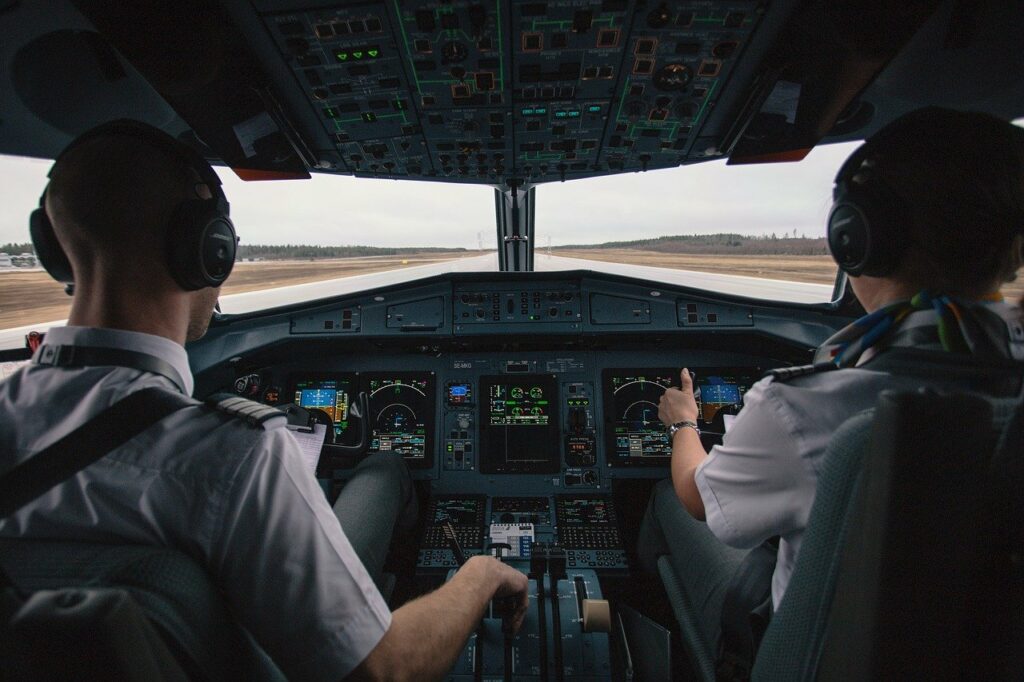The United States is witnessing perhaps the worst pilot shortage in recent years, pushing airlines to postpone flights just as passengers return after battling with the Covid-19 pandemic for more than two years. As a result of this problem, the aviation industry is searching for fixes. Pilot recruitment came to a standstill as training and licensing were halted owing to the Covid pandemic. As travel demand plunged during the depths of the recession, airlines gave early retirement bonuses to thousands of pilots and other workers in order to decrease labor expenses.
To alleviate the challenge, a congressperson has proposed raising the legally required retirement age for airline pilots from 65 to 67 or higher in order to increase aviators’ time in the sky. A small airline has proposed reducing the amount of flight hours necessary before joining a US carrier, and airlines are examining training programs to decrease the barrier to entrance. Delta Air Lines, Inc. (NYSE: DAL) followed other major airlines in dropping a four-year degree from its pilot recruiting criteria earlier this year. Several US airlines, notably Frontier (NASDAQ: ULCC), are looking for Australian pilots.
“The pilot shortage for the industry is real, and most airlines are simply not going to be able to realize their capacity plans because there simply aren’t enough pilots, at least not for the next five-plus years,” United Airlines CEO Scott Kirby stated on quarterly earnings call in April.
According to Kit Darby, a pilot pays analyst and retired United captain, major US airlines are aiming to hire almost 12,000 pilots this year alone, more than double the previous annual recruiting record. Pilot and other labor shortages have pushed airlines to reconsider their expansion plans. Among the carriers that have lately reduced capacity are JetBlue Airways Corporation (NASDAQ: JBLU) and Alaska Airlines (NYSE: ALK).















More Stories
US Visa Waiver Travelers Face Social Media Scrutiny from Feb 2026 Tourism Industry Warns of Visitor Exodus
Barcelona, Dubai, Geneva, Milan, Madrid & Paris Compete for WTTC Global Office: Tourism Leadership Battle
Four Seasons Rio de Janeiro at Leblon $600M Revamp of Iconic Marina Palace to Supercharge Brazil Tourism by 2029